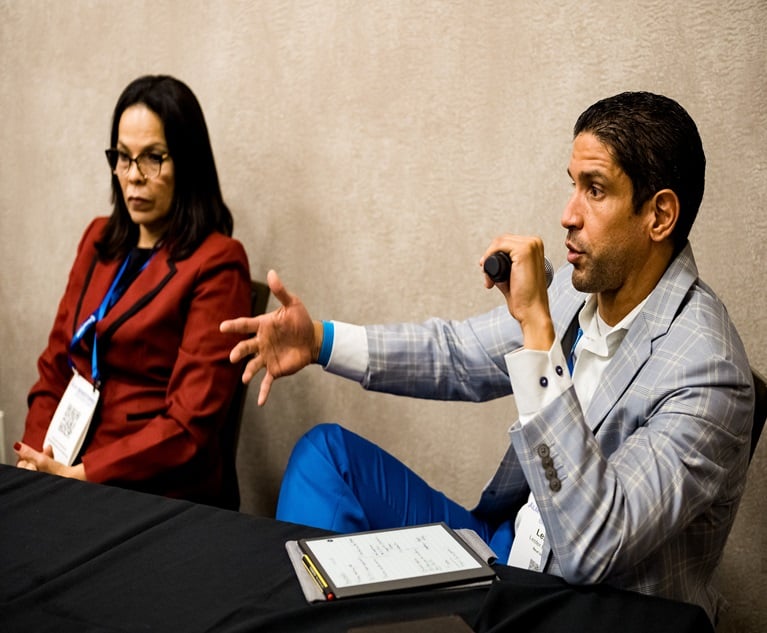Sometimes just getting that first meeting feels like a majorvictory. You've been dying to work with this client or company formonths and you're finally on their radar. You can't wait for thefirst meeting — and neither can they. You've piqued their curiosityand they want to learn more.
|Except when you actually do talk to that prospect, their enthusiasm startsto wane. They bring up obstacles and no longer seem so motivated tomove forward. It all happened so fast that you don't even know whatwent wrong.
|The speed backlash
If you've ever had a hot prospect suddenly cool down, I have onething to say: “Slow down!”
|// |It's highly likely that you misjudged your prospect's interestas readiness to change. In your eagerness to capitalize on thisopportunity, you made sure they knew all about your competitiveadvantages, top-notch service, latest technologies and more. Andyou probably talked fast to get as much as possible into the timeyou had.
|If that happened, you're probably starting to feel the speedbacklash.
|How can you know if your prospect thinks you moved too fast?They tell you everything is fine, even though it couldn't be withtheir current status quo. They brush you off with a priceobjection. They turn a minor obstacle into a show stopper. Or theysimply thank you for the update and promise to contact you when theneed arises.
|Prospects who receive massive information dumps unconsciouslyerect barriers to slow or even derail your sales efforts. Ifthis is happening, you've made the mistake of talking too much.When your prospect can barely get a word in, they feel likeyou lack concern for their needs — and that you only want tomake the sale.
||
Be prepared to talk about the business results yourprospects will achieve when using your product orservice. (Photo: Thinkstock)
|How to increase the success of a first sales meeting
Top sellers realize that making a sale is a slow,deliberate process. They know multiple people are involved in thedecision process — and they all have to agree before movingforward. They understand it takes time to demonstrate value anddevelop strong relationships.
|Knowing this, they put together a one-step-at-a-time salesstrategy that actually advances the sales process much faster thanif they tried to do everything in one or twoconversations. Here's how to earn your prospect's trust in that crucialfirst sales meeting:
|1. Do your homework
|Learn as much as you can before your meeting. Review yourprospect's website. Look for gaps between where they are and wherethey want to be. Identify primary initiatives. Figure out how yourproduct or service helps achieve those objectives or ties inwith critical business drivers.
|For example, if you know that “Earning Customer Loyalty” isimportant to your prospect, determine how your product can contribute to thisobjective.
|2. Focus on results
|Your product is a tool — nothing more. People buy it because ofwhat it does for them, so make sure you know what difference itmakes.
|Be prepared to talk about the business results your prospectswill achieve when using your product or service. Be ready toexplain how it helps reduce time to market, increaseoperational efficiency or improve sales — and have a relevant storyto share that illustrates the points you're making.
||
Prospects feel you are more knowledgeable when you ask goodquestions. (Photo: iStock)
|3. Plan your questions
|Questions are key to your success. They demonstrate interest andconcern. Prospects feel you are more knowledgeable when you ask good questions.
|Questions provide valuable insights into customer needs and thedecision-making process. They are the basis for developing a strongrelationship. Plan at least 10 questions ahead of time.
|Make sure you find out their status quo related to youroffering, priority objectives and relevant strategic imperatives.To keep you focused, have them in front of you during yourconversation.
|4. Establish a logical next step
|Before your meeting, determine how you want it to end. A successfuladvance might be an information-gathering meeting, an analysis ofcurrent work flow or a presentation to other decision makers. Feelfree to recommend the next step. You know what typical prospects gothrough when the want to change, so share the process with yourfuture clients.
|The sales and buying process can't be short-circuited. If you gotoo fast, problems are guaranteed to arise. Your opportunity willevaporate into thin air.
|The big first sales meeting
When it's finally time for the big meeting, get down tobusiness fairly quickly. Start by stating your purpose. It's enoughto simply say, “As we talked about in our initial conversation, wework with client or companies like yours to help them [insertbusiness driver/value proposition].” Then, share a short storyabout how your company helped another client and the specificresults they attained. Talk results, not products.
|Explain your process in working with accounts. Tell yourprospect it's essential to understand their objectives, needs,issues, and challenges in order to determine the value you canprovide.
|Related: Your prospects don't speak the language ofinsurance. Translate for them
|Transition to questions and spend the bulk of your timeinvestigating. Find out why their curiosity was piqued in the firstplace. Ask about the current situation as well as related businessobjectives. Explore any issues or challenges that may arise if theystick with the status quo. Discover what they've already done toreach these objectives.
|Even though your prospect asks, don't be tempted intotalking about your products or services. Answer their questionsbriefly, then refocus on the business issues. Unless there's aclear business case for moving forward, nothing happens. If theyalready have one, you want to know that. If they don't, you need tobuild it with them. Before you leave, suggest that logical nextstep.
|This is what the top sellers do. They don't rush the sale and,as a result, they get the order. And quicker. Follow their exampleand you'll soon be enjoying the same success!
Want to continue reading?
Become a Free PropertyCasualty360 Digital Reader
Your access to unlimited PropertyCasualty360 content isn’t changing.
Once you are an ALM digital member, you’ll receive:
- All PropertyCasualty360.com news coverage, best practices, and in-depth analysis.
- Educational webcasts, resources from industry leaders, and informative newsletters.
- Other award-winning websites including BenefitsPRO.com and ThinkAdvisor.com.
Already have an account? Sign In
© 2024 ALM Global, LLC, All Rights Reserved. Request academic re-use from www.copyright.com. All other uses, submit a request to [email protected]. For more information visit Asset & Logo Licensing.








